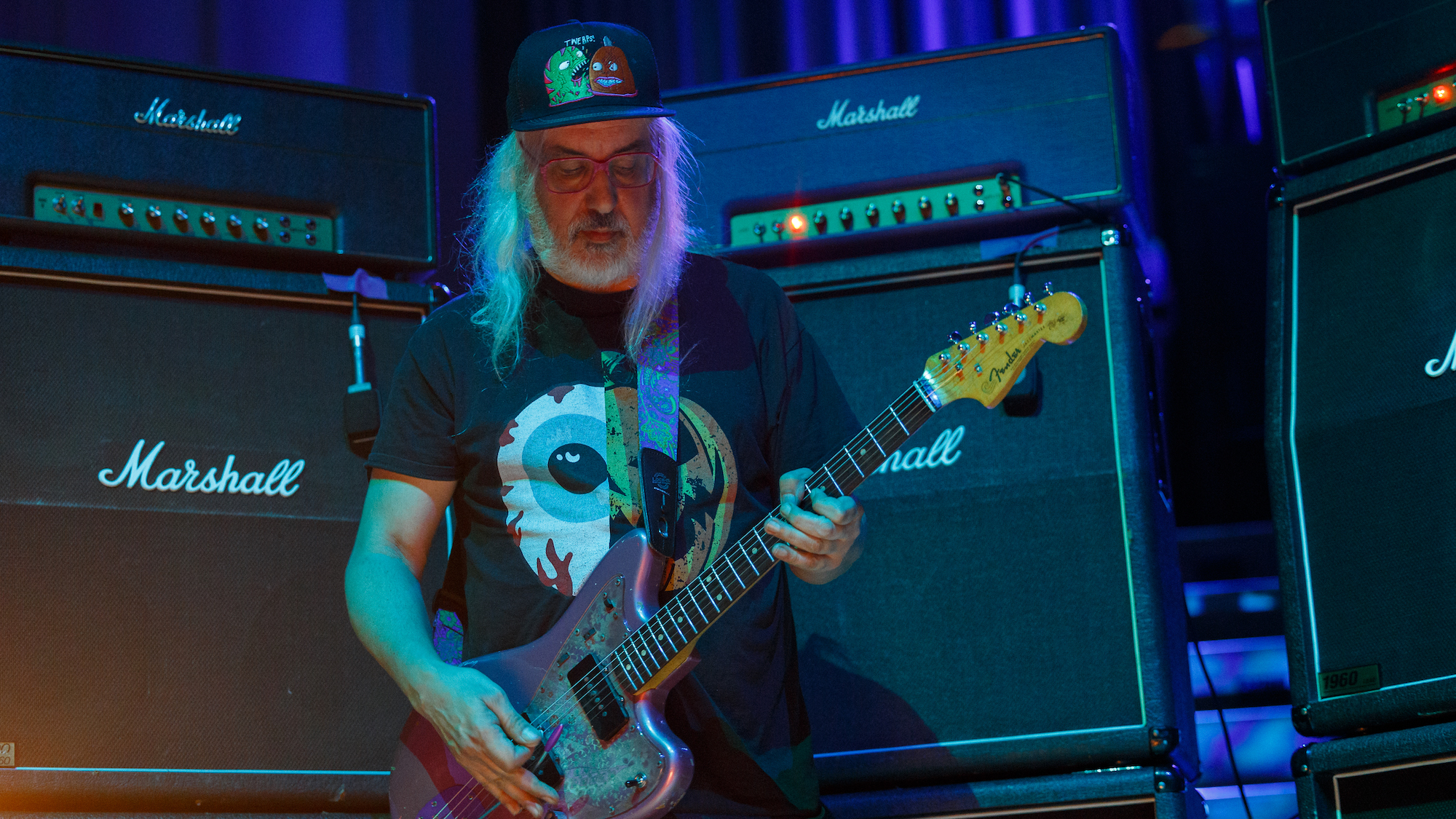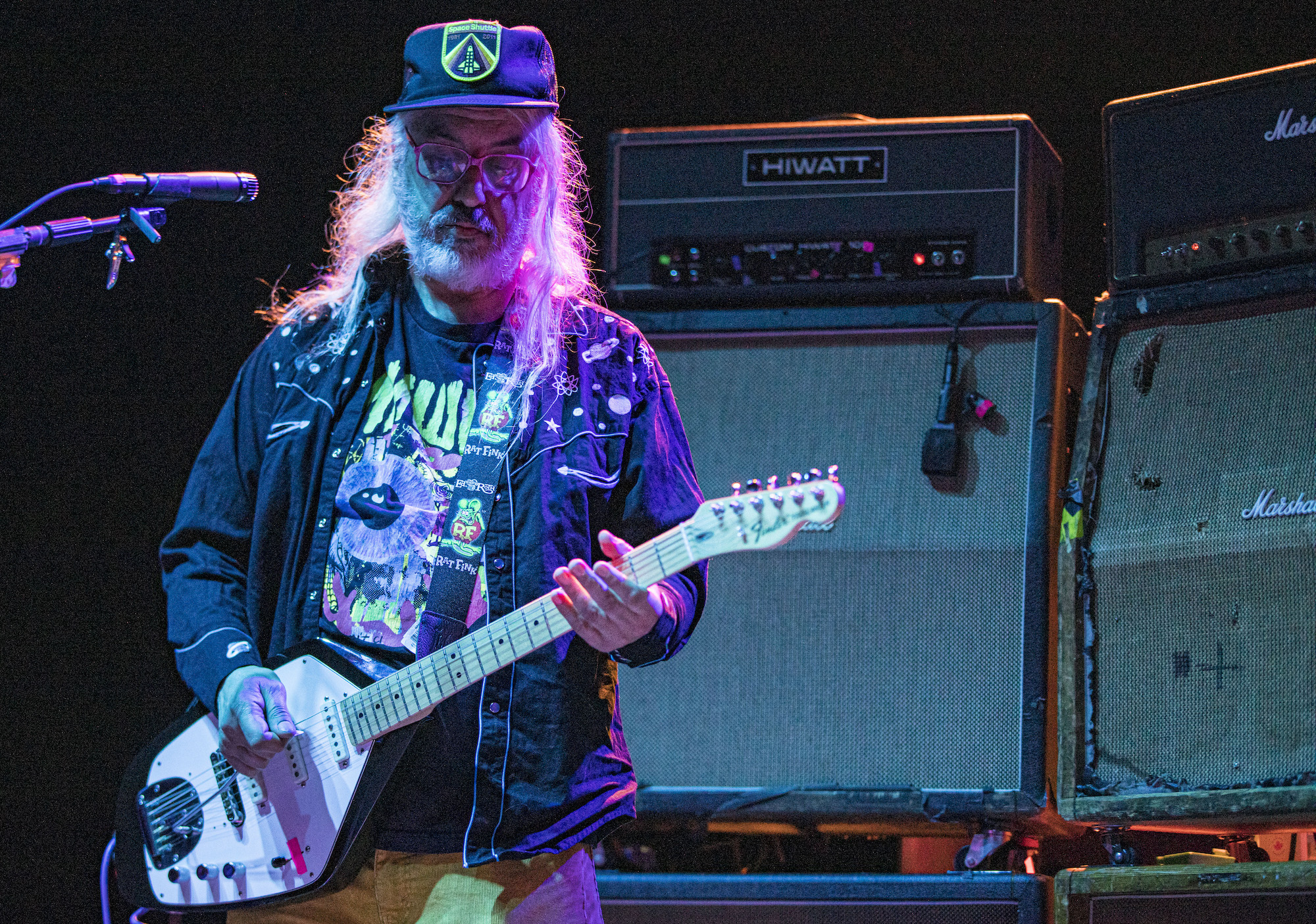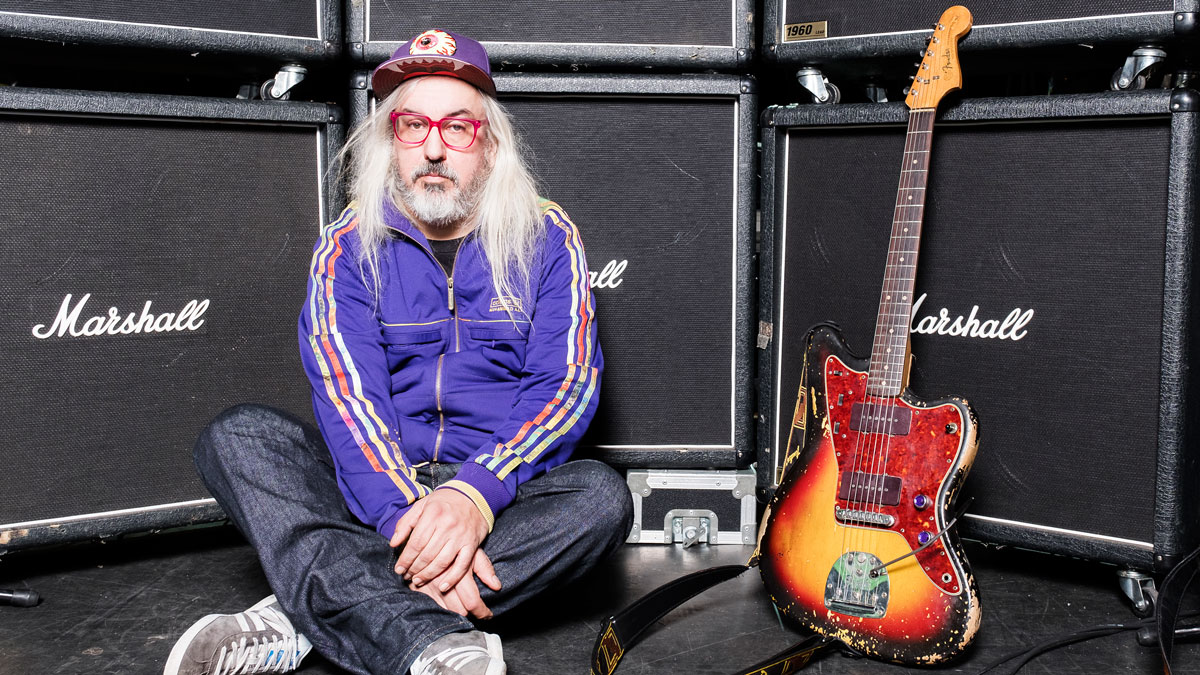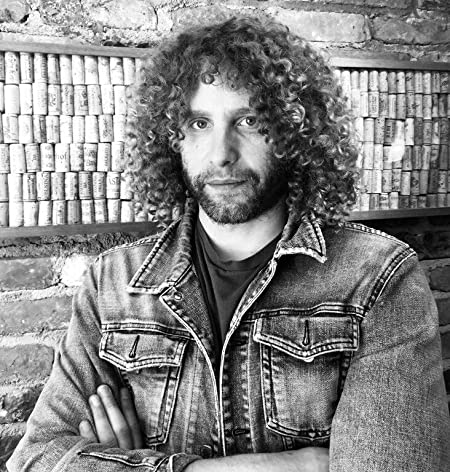“I was playing the Breeders' Divine Hammer, and my whole hand cramped up, I couldn’t move it... It seemed so simple, but it was something I would never play”: J Mascis went electric for his new solo album, but (mostly) without his usual Jazzmaster
The Dinosaur Jr. frontman and alt-rock guitar hero will always be associated with Jazzmasters and Marshall stacks, but for his new solo album, What Do We Do Now, Strats, Teles, Vox amps, and even Flying Vs were on the menu instead

When J Mascis hunkered down at his own Bisquiteen Studio in Amherst, Massachusetts, to begin work on his new and fourth studio solo album, it was with the intention of approaching it much like he had the previous three – as a largely acoustic affair, with unplugged guitars functioning as the primary support to his lead vocals.
But something happened during the making of what became his latest release, What Do We Do Now. Mascis found himself, as usual, strumming plenty of acoustics, but he also added drums, keys, pedal steel, and electric guitars – lots of electric guitars, in fact.
What sparked the change? As Mascis explains in his characteristically blunt
manner, nothing, really.
“I was trying to do just acoustic,” he says over Zoom late one afternoon, “but then I just started playing drums.” When it came to guitar solos, he continues, “I felt like I’d exhausted playing leads on acoustic on the other albums, so I didn’t even bother. Instead, I did them on electric.”
What resulted is an album that splits the difference between the more intimate approach Mascis has explored in his solo work since the release of his first effort under his own name, 2011’s Several Shades of Why, and the hard-rocking, gloriously guitar-noodle-y music he’s been crafting on and off for 40 years with alt-rock icons Dinosaur Jr.
Songs like It’s True, Old Friends and the first single, Can’t Believe We’re Here, unspool on crisply strummed beds of acoustics, but are punctuated by the sort of howling, Neil Young–ish lead guitar excursions that have made the 58-year-old Mascis a guitar hero not only to generations of rock fans but also peers.
Henry Rollins has a comedy bit in his spoken-word shows about Mascis’s iconic (and notoriously oddball) nature, while artists ranging from Warren Haynes and Jason Isbell to Sonic Youth’s Lee Ranaldo and the Breeders’ Kim Deal recently joined him onstage in Brooklyn to help bash through various Dinosaur Jr. classics.
Furthermore, Mascis’s distinctive lead playing – in which loopy bursts of pentatonic runs are punctuated by feral squeals, wigged-out note bends, and wild whammy-bar work – arguably is communicated more clearly on What Do We Do Now due to the fact that the rhythm beds behind it are less noisy and distorted than in Dinosaur Jr.
Even so, Mascis says he didn’t change up how he constructed his solos. “I’m always just improvising and seeing what comes out,” he states. “I’ll tend to do four or five takes, and if I don’t like anything, I’ll come back to it later and do another four or five. But it seems to get worse and worse the more takes I do.”
Mascis does at least acknowledge that he alters his songwriting approach depending on whether he’s writing for Dinosaur Jr. or for his own records.
“In Dino, I’m thinking about, What’s it gonna sound like live? What could [bassist] Lou [Barlow] or [drummer] Murph play?” he says. “I have their limitations in mind when I’m writing. But with solo things, I don’t have to think about that.”

That said, Mascis wasn’t fully solo this time out. He did have two other musicians – current B-52s keyboardist (and fellow Western Massachusetts resident) Ken Maiuri and pedal steel player Matthew “Doc” Dunn – to keep him company.
“Matthew’s a great musician, and so I gave him a lot of songs and asked him to see what he could come up with. From what he gave me back, I really gravitated toward the pedal steel stuff he did,” Mascis says. “And then Ken is so good. He came to my house and he could bang out anything, first pass.”
Otherwise, his main companions in the studio were a variety of guitars. For his acoustic parts, Mascis favored two Martins – a ’50s-era D-18 and a Brazilian rosewood D-28S – that he then paired with a Gibson Dove.
“The Dove seemed to fit in well,” Mascis says. “I think it’s something about the maple [back and sides]. It doesn’t take up as much room on the bottom end as a Martin.”
I wanted to buy a Strat, but I couldn’t afford it. So then my choices were a Jazzmaster for $300 or a Jaguar for $200. I thought the Jaguar looked cooler, but I liked the neck on the Jazzmaster
When it came to electrics, he grabbed his 1958 Fender Telecaster (the guitar on which Fender based his 2021 signature Tele), as well as a recently acquired ’70s-era Strat.
“And there’s one song where I used a newer [Gibson] Flying V,” he says. “That might be the only lead I’ve ever done with a humbucker.” As for which song we can hear the V on? “I can’t remember off the top of my head,” Mascis says. “If I heard it, I could tell you.”
For a guy known to play at ear-splitting volumes onstage, Mascis kept things fairly quiet in the studio. “I used a [Vox] AC15 or AC30 for my leads, which is kind of my go-to,” he says. “And then sometimes I used a [Fender] Super Champ. So it wasn’t very loud at all.” To get those characteristic gnarly tones, he added a Tone Bender fuzz clone and a Sherman Filterbank into the signal chain.
One piece of gear that didn’t make much of an appearance on What Do We
Do Now is the guitar with which Mascis is perhaps most closely associated: the Fender Jazzmaster. It’s the model fans have seen him play through most of his career with Dinosaur Jr., and also the first guitar he ever purchased. “I was probably 17,” he says.
I was playing the riff to the Breeders' Divine Hammer, and three-quarters of the way through, my whole hand just cramped up, I couldn’t move it.
At that time, Mascis was making the switch from drums to guitar, and, he says, “I thought I should get a Fender. I wanted to buy a Strat, but I couldn’t afford it. So then my choices were a Jazzmaster for $300 or a Jaguar for $200. I thought the Jaguar looked cooler, but I liked the neck on the Jazzmaster – it was worn down like a baseball bat – and it had Grover tuning pegs, which I thought I’d seen Peter Frampton use. So that’s what I got.”
Recalling what led him to move from drums to guitar, he continues, “I didn’t like any guitarists that I’d jam with. They didn’t understand the sound I was going for. I don’t know that I thought I could play better than them; I just knew they didn’t get what I was after. So even though I didn’t really understand the guitar that much, I just started doing it.”
And he never stopped. “It’s definitely my main instrument,” he attests.

Looking at his relationship to the guitar today, he says, “I’ve realized how stuck I am in my style and whatever it is I’m doing. So it’s interesting when I try to play with other people and play their music. Some things that sound really simple aren’t simple to me.”
He points to a recent Dinosaur Jr. gig in New York City, where Kim Deal joined the band onstage to play one of his band’s songs. Mascis and co. took on two of hers: the Pixies’ Gigantic and the Breeders’ Divine Hammer.
“I was playing the riff to that Breeders song, and three-quarters of the way through, my whole hand just cramped up,” Mascis recalls. “I couldn’t move it. It seemed so simple, but it was something I would never play. And I had to play the riff over and over and over again. I was like, Aarrgghh!”
But while Mascis might be set in his ways stylistically, he still has some surprising guitar moments. For one, he reveals that, in addition to all his classic Fenders and Gibsons, he has also recorded with oddball designs like Ernie Ball’s Albert Lee and St. Vincent signature models. For a brief period, he even used a Parker Fly, which features an ultra-thin carbon-fiber exoskeleton and a combination of magnetic and piezo pickups.
“I bought it for a trip to India, because I was playing with a lot of different people there, and it could cover a lot of ground with the electric sound and the fake acoustic sound,” Mascis says of the Parker. “And it only weighed, like, four pounds, so it was easy to carry around. Because sometimes I was climbing up a lot of stairs.”
As for how he got turned on to the instrument? “I remember hearing that Keith Richards used one of ’em,” he says. “But Keith just played it when recording, because he was like, ‘I can’t be seen with that!’” Mascis says with a laugh. “I held onto that guitar for a while, but eventually I did sell it.”
- J Mascis's What Do We Do Now is available to stream or purchase now.
Get The Pick Newsletter
All the latest guitar news, interviews, lessons, reviews, deals and more, direct to your inbox!
Rich is the co-author of the best-selling Nöthin' But a Good Time: The Uncensored History of the '80s Hard Rock Explosion. He is also a recording and performing musician, and a former editor of Guitar World magazine and executive editor of Guitar Aficionado magazine. He has authored several additional books, among them Kurt Cobain: Montage of Heck, the companion to the documentary of the same name.
"We tried every guitar for weeks, and nothing would fit. And then, one day, we pulled this out." Mike Campbell on his "Red Dog" Telecaster, the guitar behind Tom Petty & the Heartbreakers' "Refugee" and the focus of two new Fender tribute models
“A good example of how, as artists, you have to blindly move forward with crazy ideas”: The story of Joe Satriani’s showstopping Crystal Planet Ibanez JS prototype – which has just sold for $10,000










